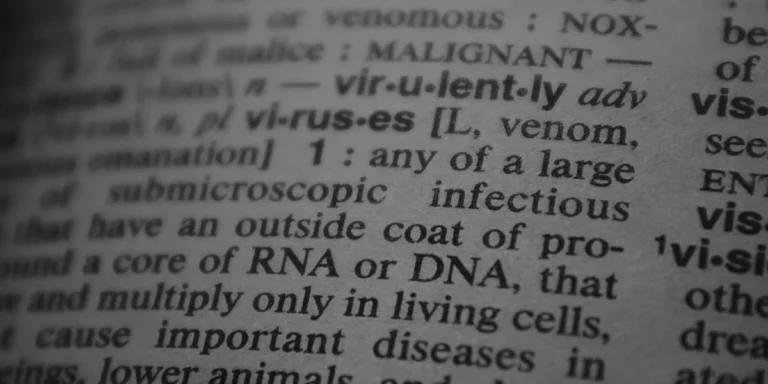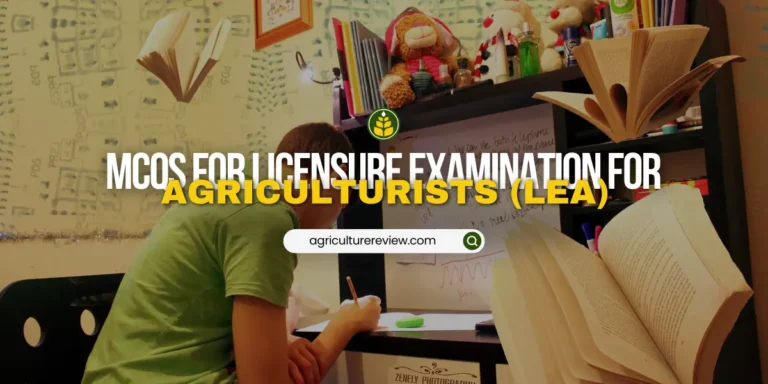1. The layer of soil composed of organic material, primarily decayed plant and animal residues, is called:
2. The process of soil formation from parent material through physical, chemical, and biological processes is known as:
3. Which soil horizon is typically composed of organic material and is known as the topsoil?
4. The ability of soil to retain water for plant use is referred to as:
5. Which of the following soil types has the highest water retention capacity?
6. Soil pH measures the concentration of:
7. The term for soil particles’ arrangement and the resulting pore spaces is:
8. Which element is essential for chlorophyll synthesis in plants and is often a limiting nutrient in soils?
9. The process by which nutrients are washed from the soil by rain or irrigation is called:
10. The capacity of soil to exchange cations with plant roots is referred to as:
11. The measure of the volume of pore spaces in soil is known as:
12. A soil amendment commonly added to increase the pH of acidic soils is:
13. Soil microorganisms that convert atmospheric nitrogen into a form usable by plants are known as:
14. The horizon that consists of partially disintegrated and weathered parent material is the:
15. The dark-colored soil horizon rich in organic matter is the:
16. The process of mixing and churning soil particles by organisms such as earthworms is called:
17. Soil texture is classified based on the proportion of:
18. Which type of soil erosion occurs when raindrops dislodge soil particles?
19. The main factor influencing soil formation is:
20. A soil property that affects root penetration and water movement is:
21. The mineral soil particle size that feels gritty and is larger than silt and clay is:
22. Which soil conservation practice involves planting crops in rows parallel to the land’s contours?
23. The horizon most affected by leaching and accumulation of clay and iron is:
24. Which soil nutrient is crucial for energy transfer and photosynthesis in plants?
25. Soil’s ability to support plant growth without permanent degradation is known as:
26. Which soil amendment is used to improve soil structure and increase organic matter content?
27. The fine, powdery material that forms from the weathering of feldspar is:
28. The horizon often referred to as subsoil, which accumulates leached materials from above, is the:
29. The term for the permanent removal of soil from a location by wind, water, or human activity is:
30. Soil organic matter is primarily composed of:
31. The process by which soil microorganisms break down organic matter into simpler substances is:
32. The process of converting atmospheric nitrogen into forms usable by plants is called:
33. Soil erosion that occurs in thin, uniform layers and removes the topsoil is known as:
34. The soil layer that is rich in minerals leached from above and often contains clay is the:
35. The process by which water moves downward through the soil, carrying dissolved substances, is known as:
36. The percentage of soil particles classified as sand, silt, and clay is referred to as:
37. The practice of rotating different crops in the same field to maintain soil health is known as:
38. The natural process by which soil is formed and developed over time is called:
39. Which soil component provides essential nutrients and enhances water retention?
40. The measure of the acidity or alkalinity of soil is referred to as:
41. The process by which soil particles and aggregates are pressed together, reducing pore space, is called:
42. The main nutrient required for root development and energy transfer in plants is:
43. The type of soil erosion characterized by small channels forming on the soil surface is:
44. The dark, organic material formed from decayed plant and animal remains is called:
45. The term for soil particles carried and deposited by wind is:
46. The type of soil erosion that results in the formation of large, deep channels is:
47. The soil layer that is rich in organic material and supports plant growth is the:
48. Which soil property is affected by the presence of iron, organic matter, and moisture?
49. The practice of planting trees and shrubs to reduce wind erosion is known as:
50. The process by which soil organic matter is converted into simpler compounds by microorganisms is:





